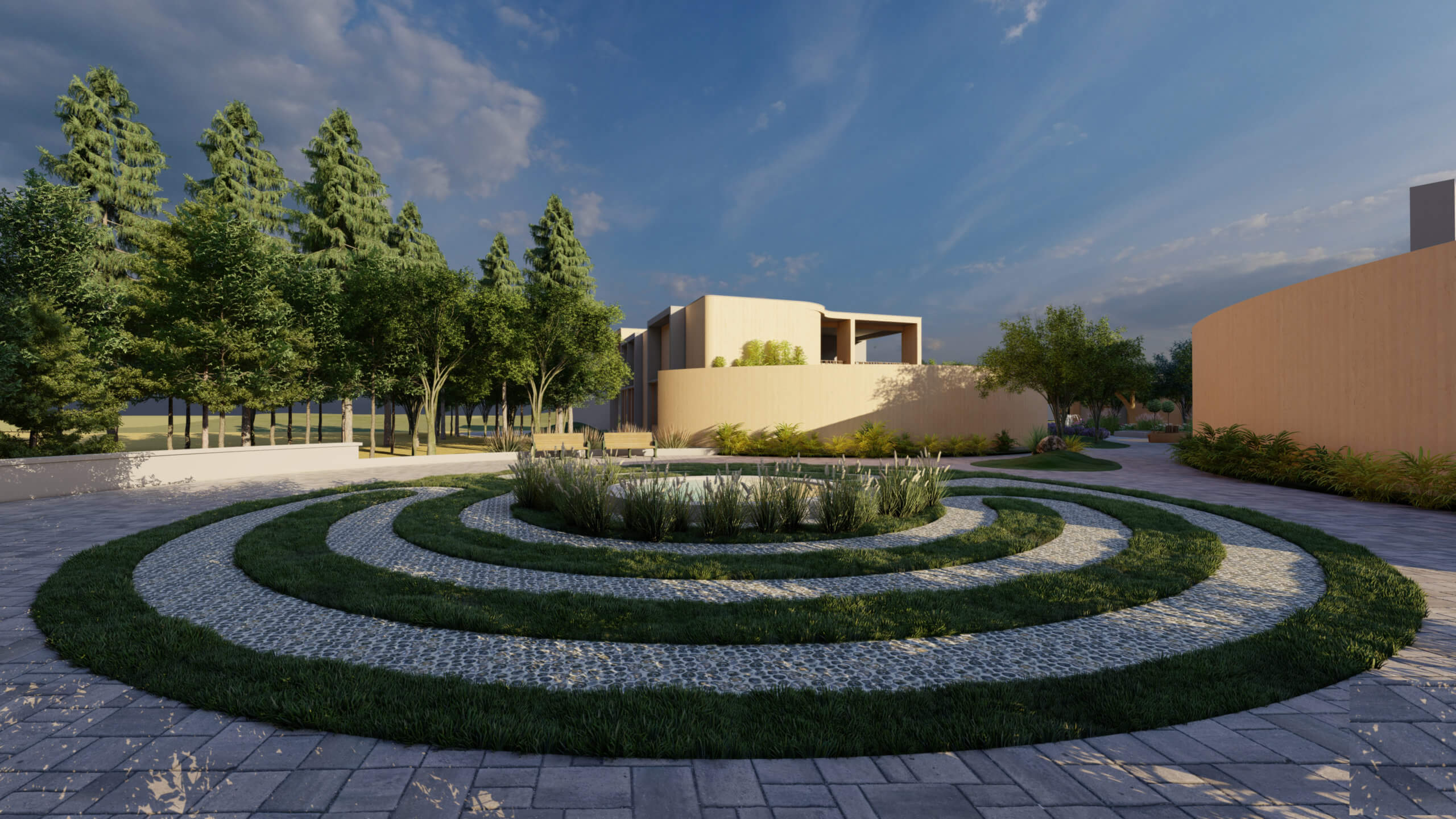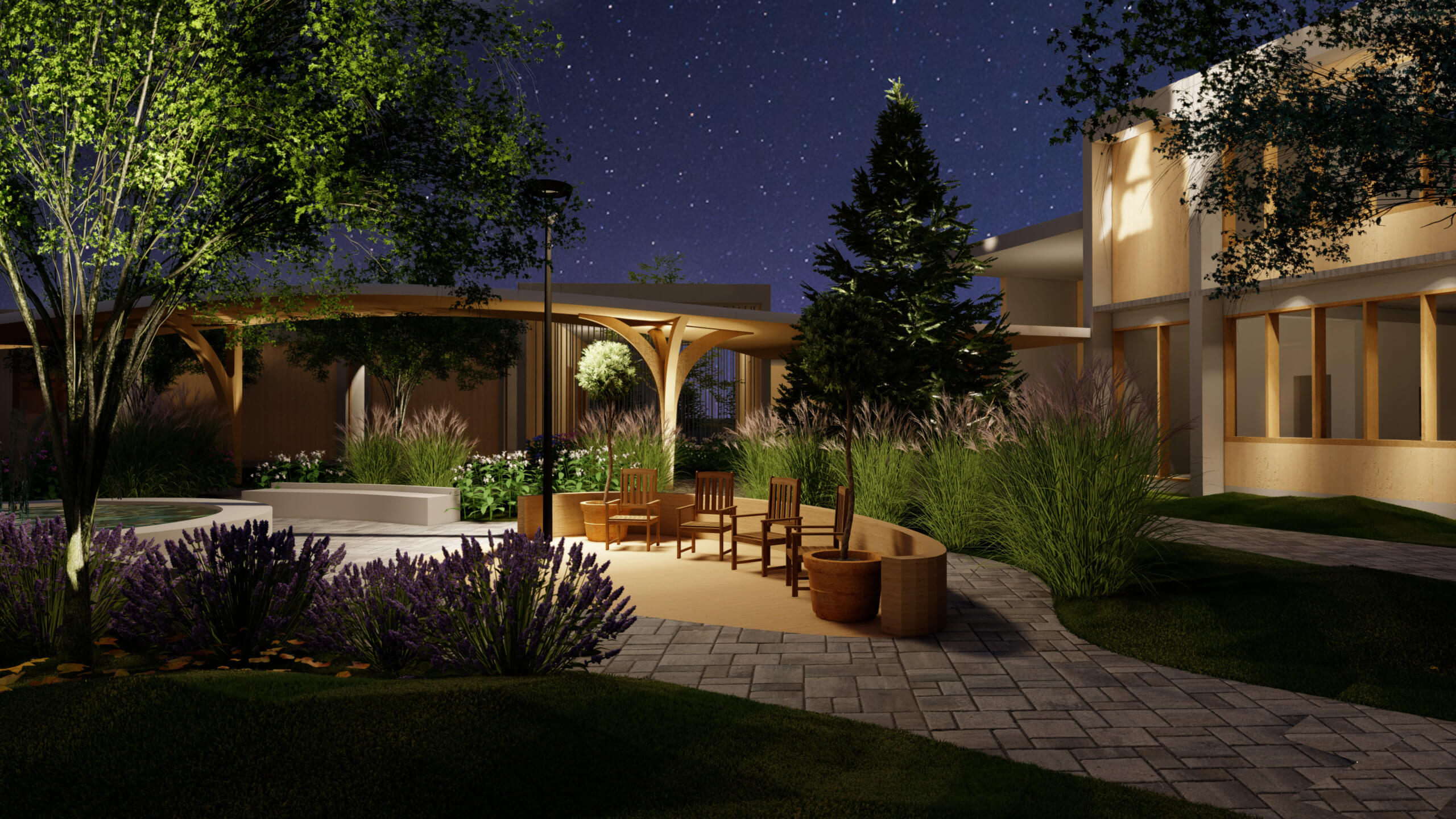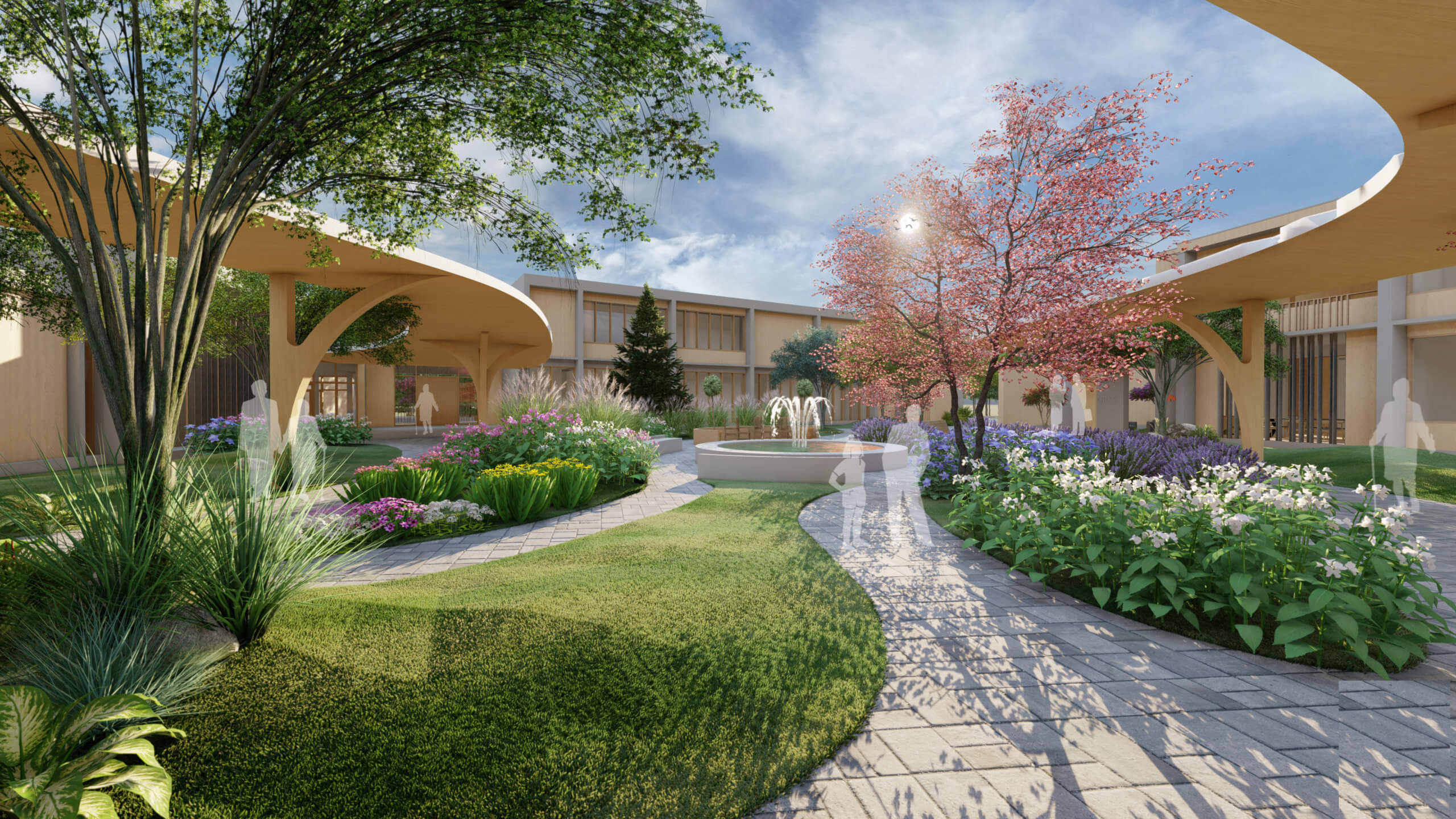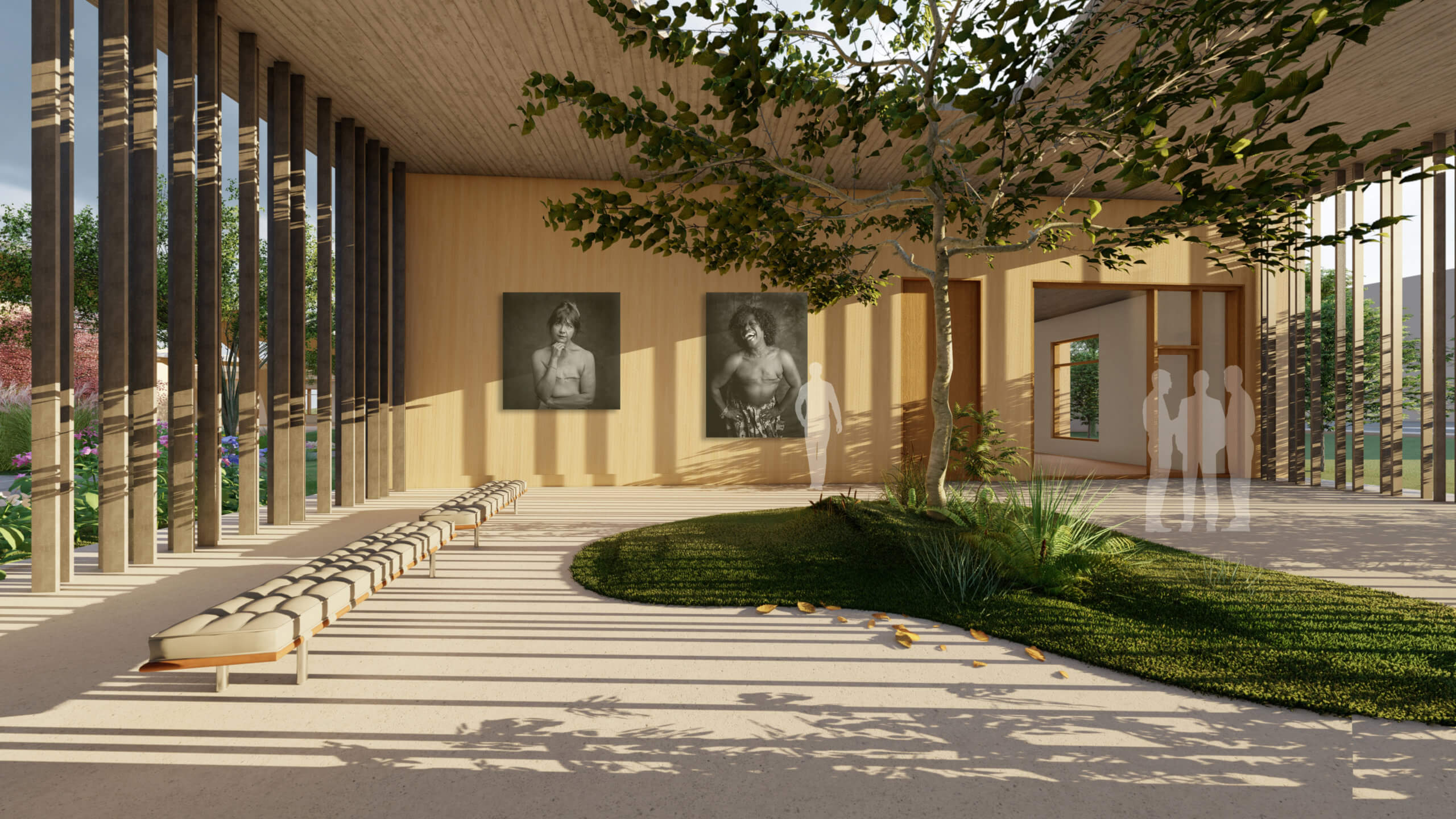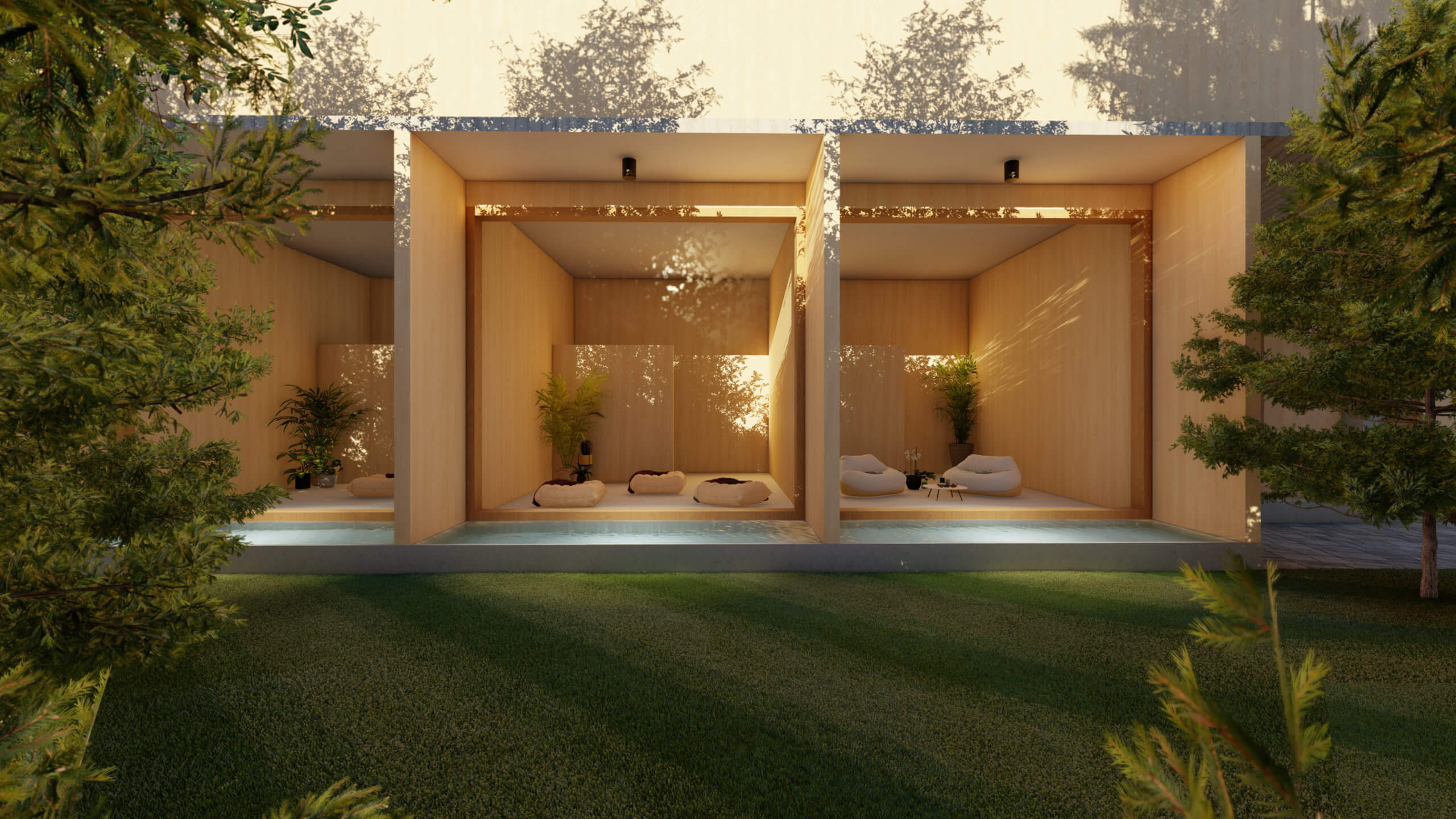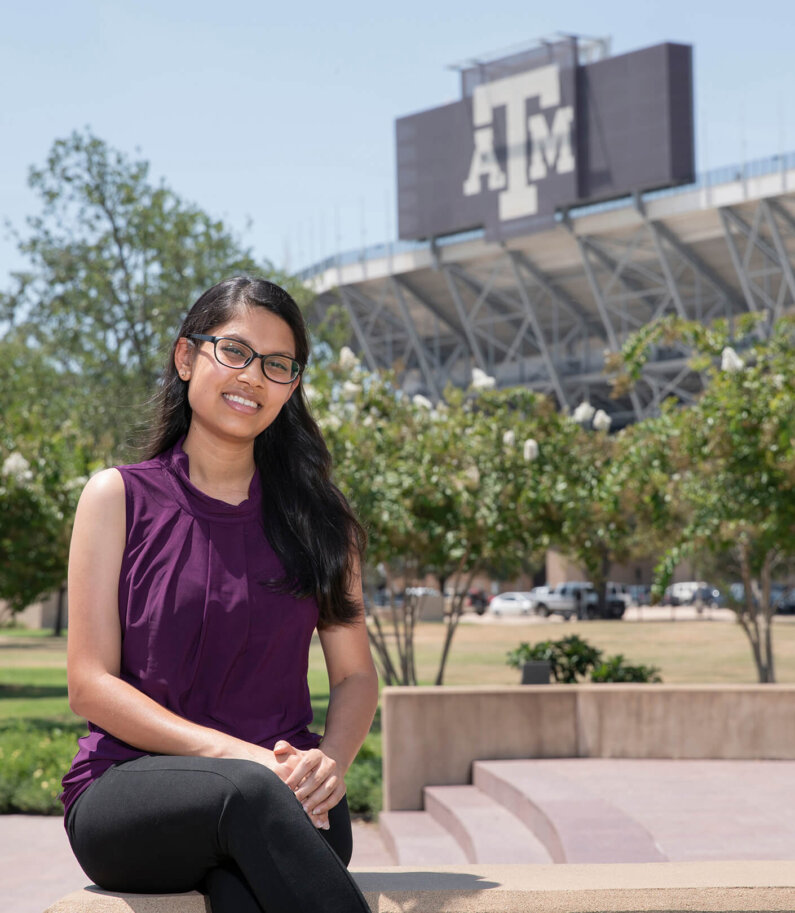
1. Where are you from?
I am from India.
2. Where do you live now?
Currently, I’m residing in College Station, Texas.
3. What is your degree, and from what institution is it from?
Master of Architecture from Texas A&M University. (Yes, I’m an Aggie!)
4. Why is healthcare design important to you?
Growing up in a country like India, I had the ‘opportunity’, as I like to say, to observe and experience some of the organic and dense urban settlements. The people who stay in these places work very hard to make a living—often with tremendous amounts of manual labor at construction sites or at people’s homes as domestic help. Despite such high levels of physical activities, these people suffer from major health issues.
Throughout my undergrad, the more we studied these underserved dwellings, I realized that one cannot achieve good health only by being physically active. The cause of health problems in this region was intrinsically tied to their environment, specifically unhygienic living conditions. The simple act of breathing had become a spatial problem. This reality helped me understand how health and architecture critically rely on each other and made me confident in choosing the path I wanted to follow as an architect. I want to provide a better life for people through spaces which promote healthy living, possibilities for interaction, a safe environment and most importantly, a sense of belonging. Exposure to healthcare leaders and their inspiring work over the past few years has encouraged me to leverage my design skills in a unique way to benefit the community.
Architects make a profound impact on lives with the spaces that we create—and it is important that we approach our work keeping this in mind. Growing up in India gave me diverse life experiences that have coalesced to shape my passion for serving society through various design concepts and interventions. My interest in healthcare architecture stems from this feeling of accountability and dedication to a ‘healthy design.’
5. Has the COVID-19 pandemic changed your perspective on healthcare design, or altered your traditional methods of research?
COVID-19 has had a major impact on the ways in which we live our lives. For instance, it has made people prioritize their mental, physical, and social health over the hustle-bustle of their everyday routine. This has led me to think about the range that healthcare design is going to reach. Of course, our health facilities will have to be more adaptive, flexible, resilient and tech-rich, as we learn from our experiences of last year. However, I also feel healthcare will no longer just be about hospital facilities or medical centers alone, but rather it will be about every single space an individual encounters throughout the day—whether it’s their home, their workspace, the plaza they have lunch at or the park they go to walk their dogs! Healthcare will be more of a mindset than just a sector in architecture.
Sustainable and healthy designs are the needs of our future! Hence, this pandemic has certainly transformed my perspective and approach towards healthcare design and architectural design in general.
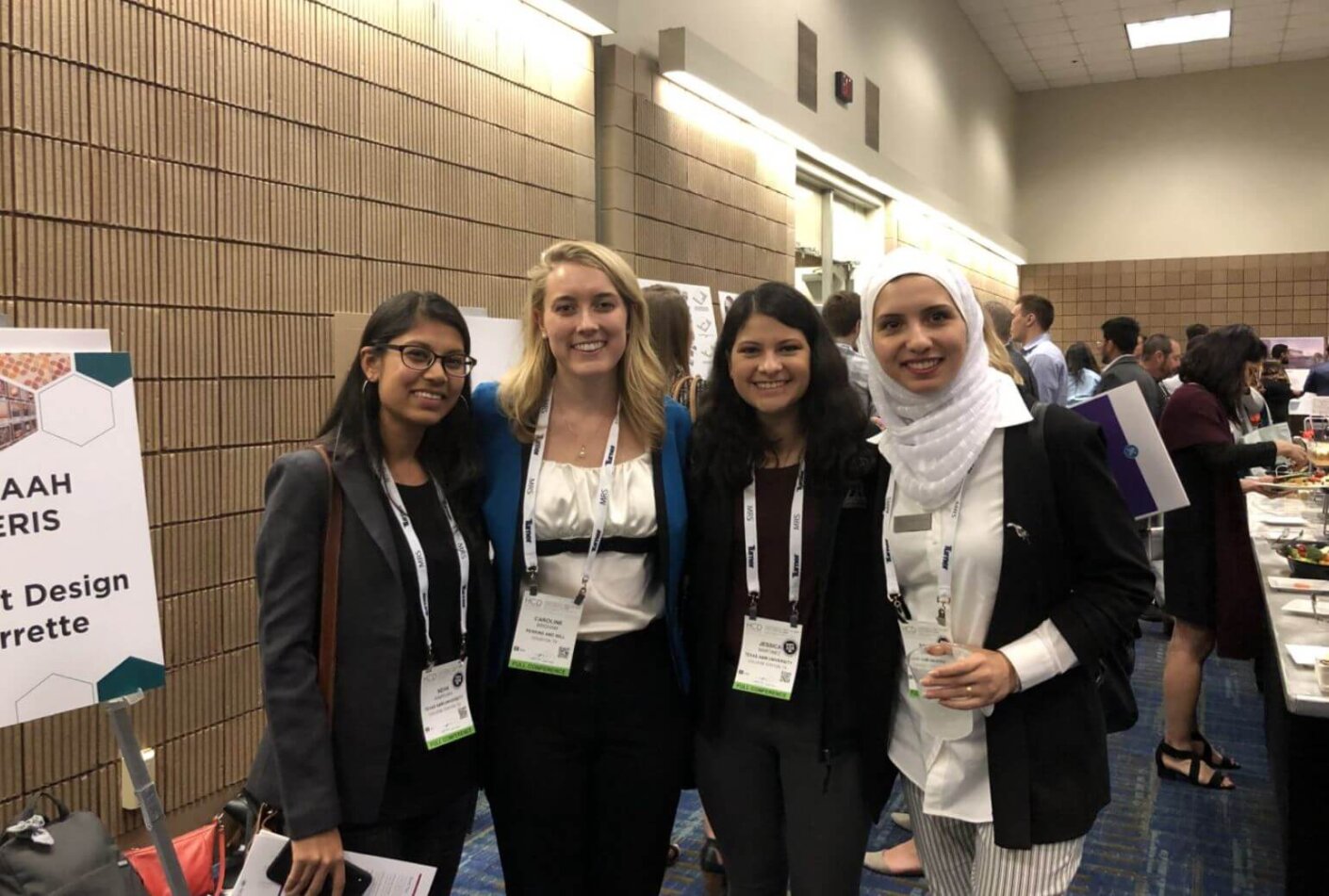
6. What was it about the E. Todd Wheeler Fellowship that attracted you?
During my undergraduate studies, I was exposed to very few design firms in the U.S., but Perkins&Will stood out to me. I was always attracted to the firm as it believes in design for improving lives and empowering community. This fellowship can provide me a platform to not only follow my passion and learn from leading professionals, but also get real world exposure and work for a greater good. Moreover, it’s a great opportunity to engage in research while practicing, get constructive feedback from industry experts, take my final study idea to the next level and be able to make a meaningful contribution in the field of healthcare design.
7. What do you hope to learn from the experience?
I particularly admire Perkins&Will as my interests align with the firm’s practice and ethics. I am passionate about healthy and sustainable design, and serving the community, especially the underserved population. Hence, at Perkins&Will, I hope to learn the entire design process, from conceptualization to realization, while simultaneously blending the ideas of sustainability with building architecture. This is not just limited to the understanding the construction of a project, but it also includes the feedback obtained from user experiences that is later used for iterative improvement. During this fellowship, I hope to discuss my raw ideas with leaders in the field and gain advice on how to further develop them into concrete projects and research.
8. When you are not designing healthcare projects, what do you do for fun?
Usually, architecture school does not leave you with a lot of spare time, but virtual classes made that possible. So, during this time, I go for evening walks, write articles and poems for my blog, paint and try to capture nature and wildlife through photography. I also love to do gardening whenever I have some free time. I naturally feel connected to outdoor life.
Five Fun Facts about Neha:
- I have a small collection of leaves that I started in 2012, and each one is linked to a particular memory.
- I love Tadao Ando’s work. The play of light and shadow in his projects is inspiring. Hence, I set a travel goal for myself in 2017, to visit Japan before 2023 (fingers crossed!).
- I love animated movies! Pixar, Disney, DC Comics, Marvel and Studio Ghibli movies are my all time favorites.
- I made my roommate walk a mile at midnight (in 28 degree, freezing-cold weather) to eat ice cream! Yes, I love ice cream, especially in the winter. My current favorite flavor is pecan praline.
- One superstition that I believe in is that your blanket is your safety shield from ghosts! I guess some of you know what I am talking about.
